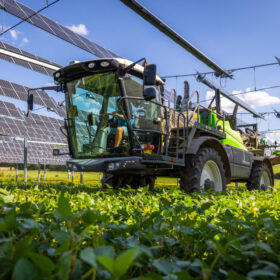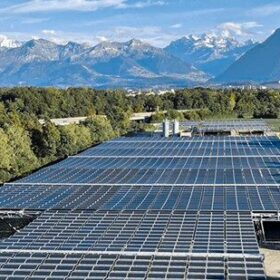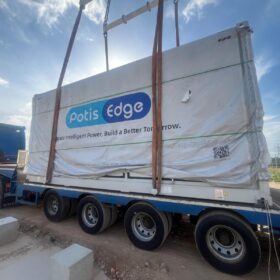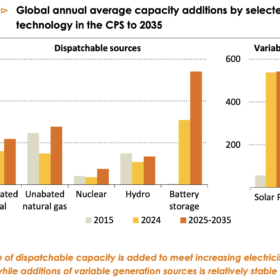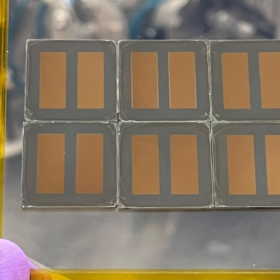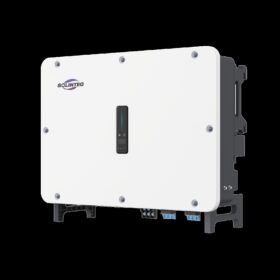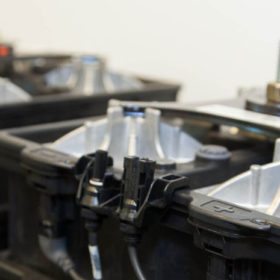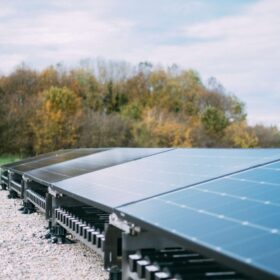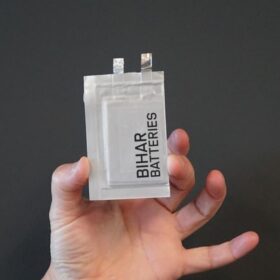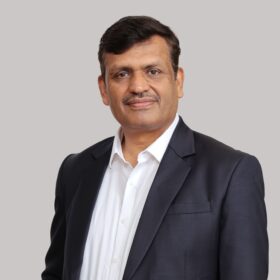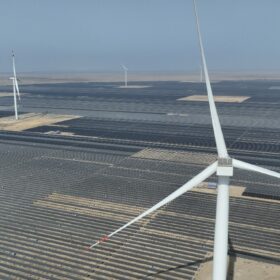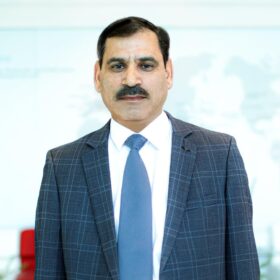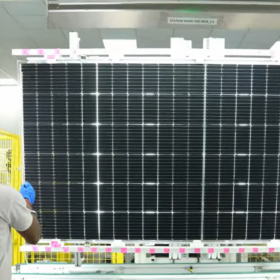France agrivoltaics trials show early crop and livestock gains
Data from agrivoltaic canopy trials in France, developed by energy producer TSE and the French National Research Institute for Agriculture, Food and the Environment (INRAE), indicate measurable temperature, water-balance, and yield effects that reinforce the role of managed agrivoltaics in farm-level climate adaptation.
World’s largest foldable rooftop PV system comes online in Switzerland
A wastewater treatment plant in the canton of Bern has been inaugurated with what dhp Technology claims is the world’s largest foldable rooftop solar installation to date. The 3.6 MW array spans several treatment basins, allowing the existing site to serve dual purposes: wastewater treatment at ground level and solar power generation overhead.
A late but decisive move to ESS: LONGi takes majority control of PotisEdge
China’s largest solar manufacturer seeks to escape shrinking margins by securing 62% voting control of a fast-rising storage integrator.
OPIS Global Polysilicon Marker inches higher as US Section 232 uncertainty lingers
In a new weekly update for pv magazine, OPIS, a Dow Jones company, provides a quick look at the main price trends in the global PV industry.
IEA warns global solar growth may plateau at 540 GW annually to 2035
The International Energy Agency (IEA) said global solar capacity additions are projected to average 540 GW a year through 2035, as outlined in its World Energy Outlook 2025 report.
NTU achieves high stability in 25.1%-efficient inverted perovskite solar cell
Researchers at Nanyang Technological University have demonstrated a method to integrate chemically inert low-dimensional interface materials into the fabrication of inverted perovskite solar cells. Their prototype solar cells retained over 93% of the initial power conversion efficiency of 25.1% after 1,000 hours of operation, and 98% after 1,100 hours at 85 C.
Solinteg unveils hybrid inverter series for C&I applications
The Chinese manufacturer said the product line includes five models with outputs ranging from 25 kW to 50 kW, supporting charge and discharge currents of up to 150 A.
What will help India to reduce the $2 billion battery import bill?
India’s Production-Linked Incentive (PLI) programme for cell manufacturing has attracted investment into gigafactories and electrode production, but local manufacturing can only succeed if it has access to steady, domestic mineral feedstock. Recovered materials from end-of-life batteries can supply a meaningful share of that requirement, provided there is strong collection infrastructure, organised supply aggregation, and investment in processing technologies.
World’s first solar park featuring hydrogen-producing PV modules takes shape in Belgium
A 2 MW solar park in Wallonia, Belgium, will rely 50 kW of hydrogen-producing solar modules developed by Solhyd, a spin-off from KU Lueven. The installation will be the first demonstration of Solhyd’s technology at a commercially-relevant scale.
Bihar Batteries to commercialize sodium-ion batteries in 2026
The company has produced its first sodium-ion battery prototype and, in collaboration with Spanish research institute CIC energiGUNE, developed sodium-ion cell prototypes that have shown “very promising results.”
